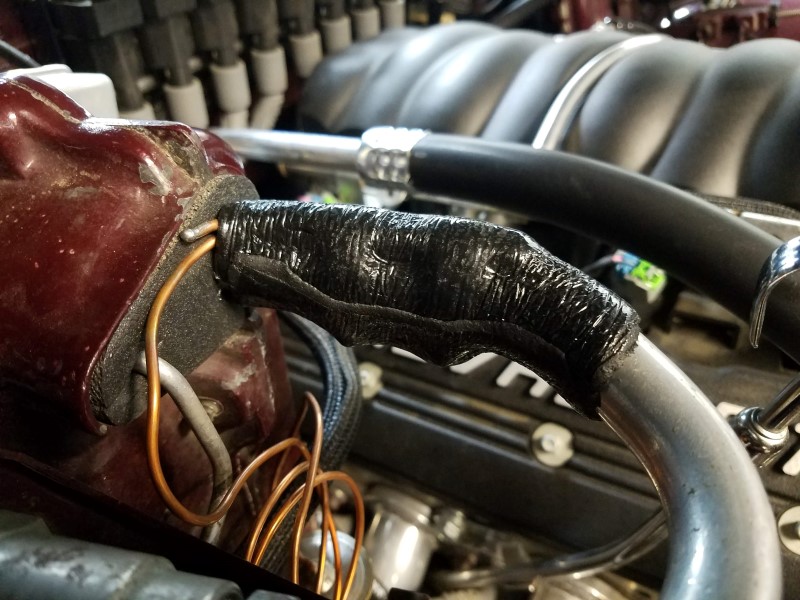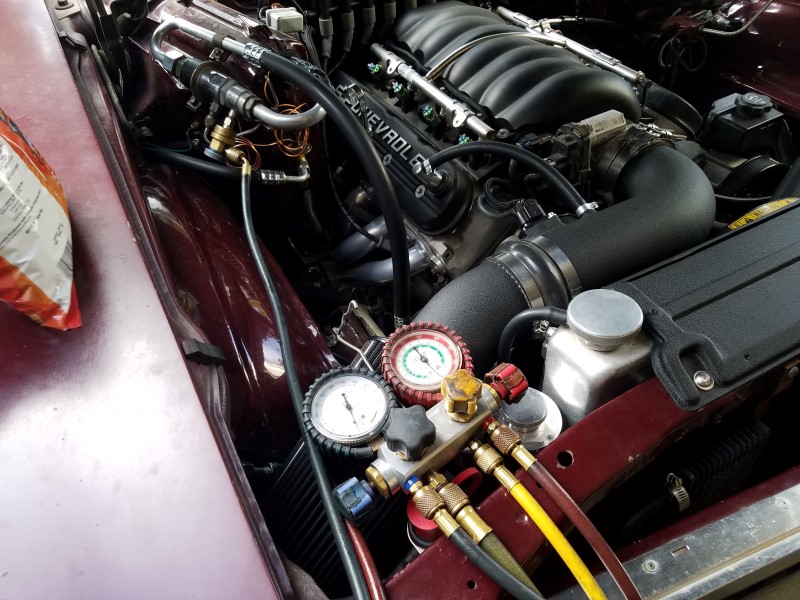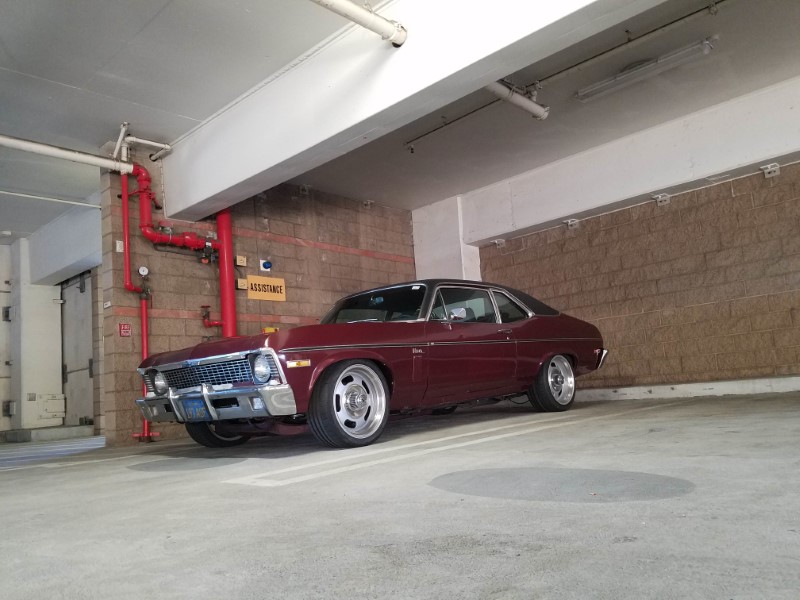Here are some considerations:
Evaporator - OE 1970 unsure dimensions (Silverado is 10x10x2.6)
Condenser - Was tube/fin, now 14x24x3/4 parallel flow (Silverado is parallel flow 17x30x3/4)
Compressor - Was A6 now Denso 10S17 (Same as silverado)
Drier - New same size as OE 1970
Hoses - Shorter routing for suction line, otherwise similar lengths
I have read most of the oil is held in the compressor itself which makes me think I should lean toward the SIlverado specification. ALso my condenser is smaller than what's on a Silverado and I'd guess my evaporator is very similar in size. So I'm thinking 8oz of PAG 46.
Yesterday I installed the POA suction valve and the new TXV with fresh o-rings throughout. The new TXV is not application-specific so the capillary tube for the sending bulb and the external equalizer line are much longer than they need to be. This results in some ugly coiled-up tubing, but at least the TXV is calibrated properly for R134a. I clamped the sensing bulb on top of the evaporator outlet using the original clamps.

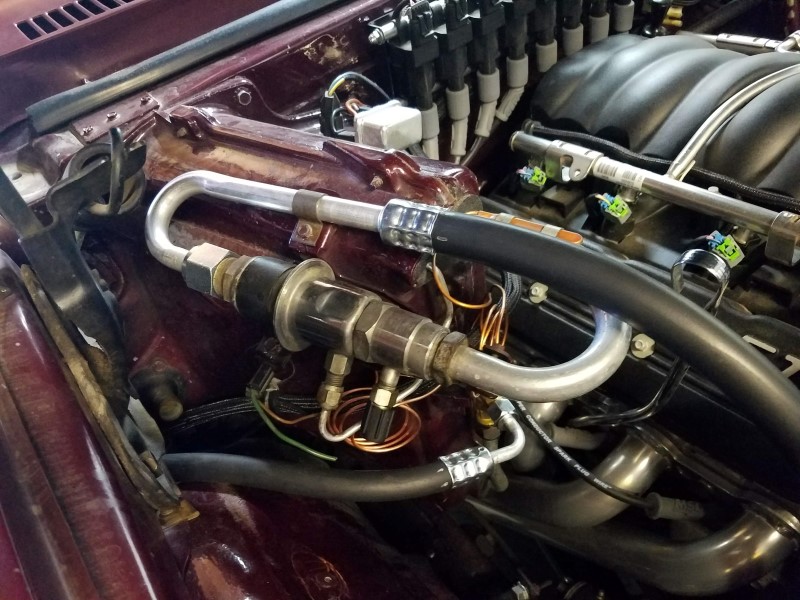
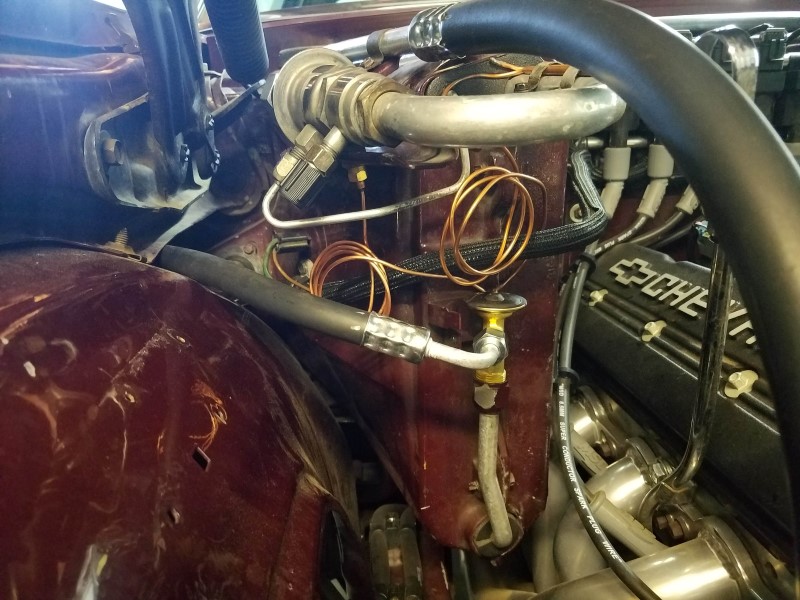
The sensing bulb must be insulated from the engine compartment otherwise it will react to fluctuating engine compartment temperatures and radiator wash instead of the evaporator. This requires the use of an insulation tape commonly referred to as Prestite. I ordered a foot of tape from Nostalgic Auto Air when I purchased a few other components. I was a bit confused because the tape has a white wax-paper backing on one side that removes easily and a clear cellophane cover on the other side that looks like it should be removed, but was terribly difficult to get off. I confirmed today the clear covering is meant to stay just on to keep it clean.

Tonight I'll wrap the bulb and continue working to seal up the system. I have yet to install o-rings at the compressor and condenser and I also need to add compressor oil. Then I can work on wiring. My plan is to use a relay so the radiator fan is always on high when the compressor is on. Power to both the relay and the compressor clutch will be provided through the ambient temperature switch and hi/lo switch installed in the drier. The ambient temp switch will prevent compressor activation under 37F ambient tempt. The hi/lo switch will shut off the compressor for excess/unsafe pressure or undercharge.
